Relationships Education has become statutory for all primary schools from the summer term of 2021. For all schools, Sex Education as part of the Science curriculum remains the same.
Key documents
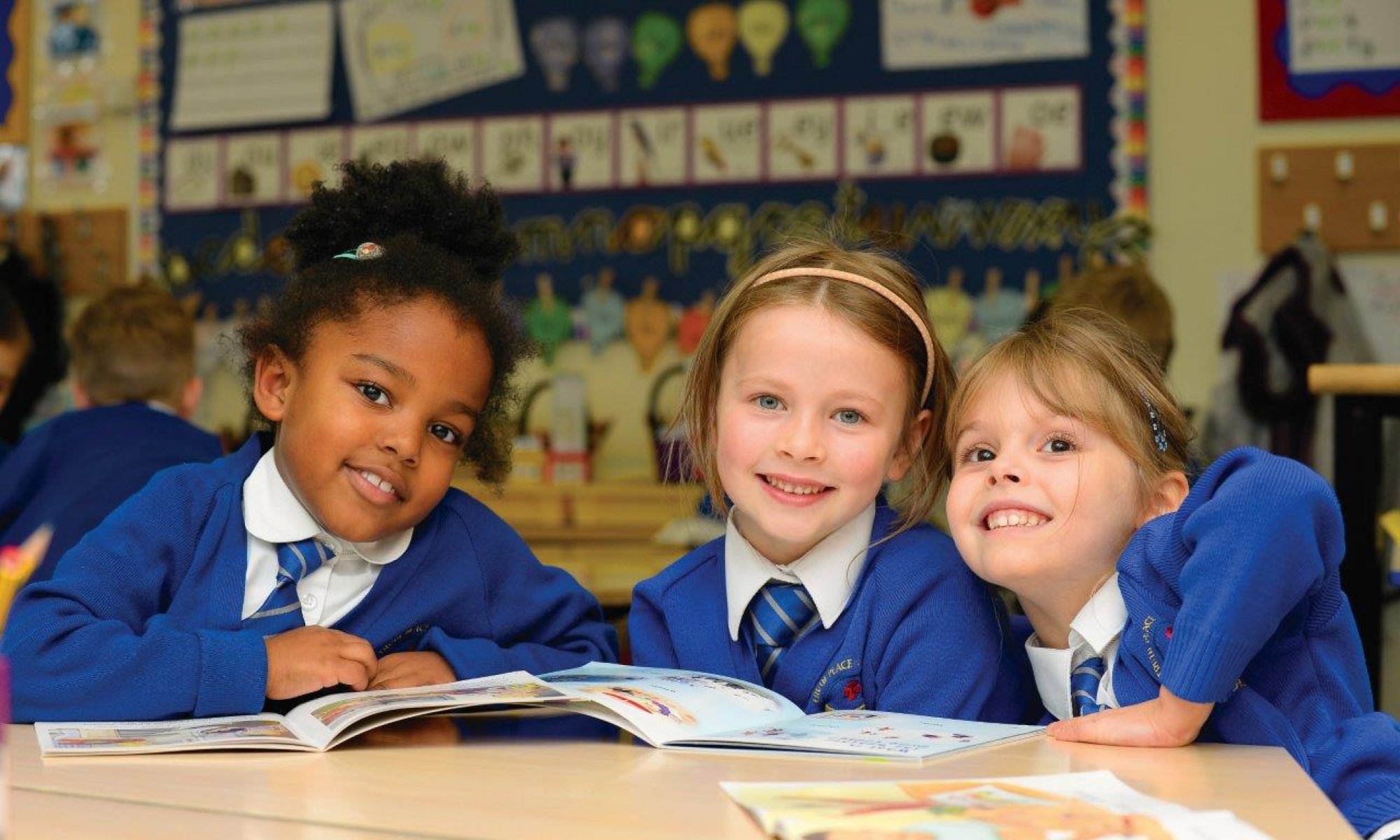
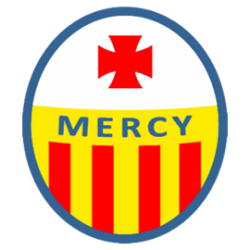
St Adrian's Catholic Primary School
To learn, to love, to live
Relationships Education has become statutory for all primary schools from the summer term of 2021. For all schools, Sex Education as part of the Science curriculum remains the same.
Key documents
We will post important, relevant and up-to-date information on online safety and wellbeing here. As with all aspects of your child’s education, learning and wellbeing, close school/home relationship is the best way to support children, parents and carers. Navigating the internet so your family can benefit from all it has to offer, while protecting your young people, can be complicated and time-consuming. These resource should help. Please feedback with successes and particular issues so we can inform other parents and carers.
Could your family do with a “reset” on digital use? To start 2024 there are some New Year Digital Resolutions below….
HfL produces a termly newsletter to update parents and carers on current online safety issues. The latest edition will be published here.
HfL Autumn 2023 Online Safety Newsletter for Parents and Carers – https://thegrid.org.uk/assets/hfl-online-safety-newsletter-autumn-23-parents-or-carers.pdf
The organisations below publish authoritative, relevant information on online safety and their websites are updated. Together with ChildLine, they are the first places to go to to if you have queries or worries about your child or young person online.
Internet Matters has some guides for parents around setting up devices at home, and enabling home broadband filtering for each specific provider. https://www.internetmatters.org/setupsafe/
https://www.internetmatters.org/parental-controls/broadband-mobile/
ThinkUknow has up-to-date parental guides
https://www.thinkuknow.co.uk/parents/ https://www.thinkuknow.co.uk/professionals/parent-and-carer-help-sheets/
New Year Digital Resolutions
(As suggested by Ineqe Safeguarding Group). Any links in the text below (in blue or not) can be found here https://ineqe.com/2023/12/20/new-digital-resolutions
There’s no denying that the way we use tech continues to evolve. Let’s pledge some New Year resolutions to take on tech with a new approach, where we’re in control and can enjoy the advantages it brings.
Resolution 1 – We will speak more kindly online
Words matter. Whether spoken out loud or posted online, what we say to each other has an impact. This resolution means that, as a family, you’ll avoid online conflict (like engaging in arguments on Facebook, saying mean things out of frustration while gaming, or criticising a stranger’s outfit on Instagram), and instead pledge to say kind or encouraging things whenever possible. You can use our ‘What Are Your Words Worth’ activity pack to find more information, ideas, and ways to explain to the whole family what this resolution is all about. Find it here.
Resolution 2 – We will have healthier screentime habits, including mobile phones
If your family rules got thrown out the window over Christmas, you’re certainly not alone! Now that the New Year is here, it’s time to get everyone back on track. A lot of New Year resolutions fail because the expectations aren’t reasonable, so keep any ideas for new screentime limits realistic. A good example would be to have a device-free dinner time including all mobile phones. Use our Family Screen Time activity pack to help the whole family make better screentime decisions all year round.
Resolution 3 – We will be cyber-secure
Being privacy and security aware is one of the greatest tools for creating a safer online experience for the whole family. This resolution could include doing things like creating better passwords, learning how to spot dodgy links and emails and keeping scam aware. To help you on your way, check out our Cyber Security Toolkit for children. You’ll find more helpful articles and ideas in our Online Safety section.
Resolution 4 – We will use tech together to learn and explore
What are your most visited sites, platforms, or apps? For most of us, the answer is probably a social media site but there’s also a whole online world full of interesting platforms that can help us learn new and exciting things. You could learn a new skill to try together, like making simple origami or learning a new language. Watch our video for more hints about learning a language online.
Resolution 5 – We will stay in the loop of safeguarding news and alerts
Through our Home Learning Hub, and Safer Schools App (available for download on the Apple App Store and Google Play Store), you can use practical tools to help you stay in the know. You can also listen to our weekly Safeguarding Soundbytes podcast. It’s free, easy to access, and delivers the latest safeguarding news in a ‘byte sized’ way. You can also sign up to our Online Safeguarding Hub newsletter. For the young people in your care, we have recently launched the brand-new Online Safety Show. Find it on our Safeguarding Apps and on Teach Hub.
ELECTRIC UMBRELLA WORKSHOP
As part of Children’s Mental Health Week, we invited Electric Umbrella in to entertain with an inspiring message – There’s no such thing as normal! is their motto. ‘ Sing like no one’s listening, dance like no one’s watching, give like no one’s giving and laugh like no one’s judging!’ We certainly did all of that! The group create amazing live music experiences with learning disabled people. In doing so, they help change the way the world looks at them – and others.
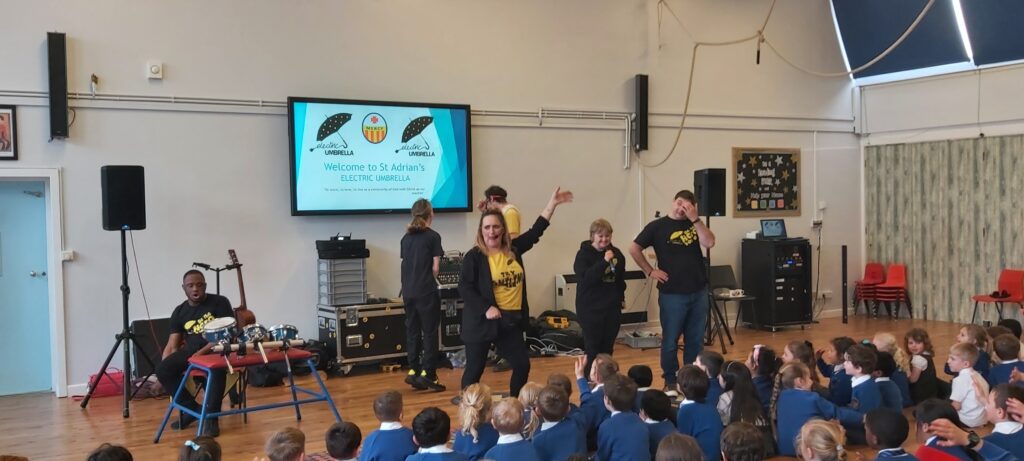
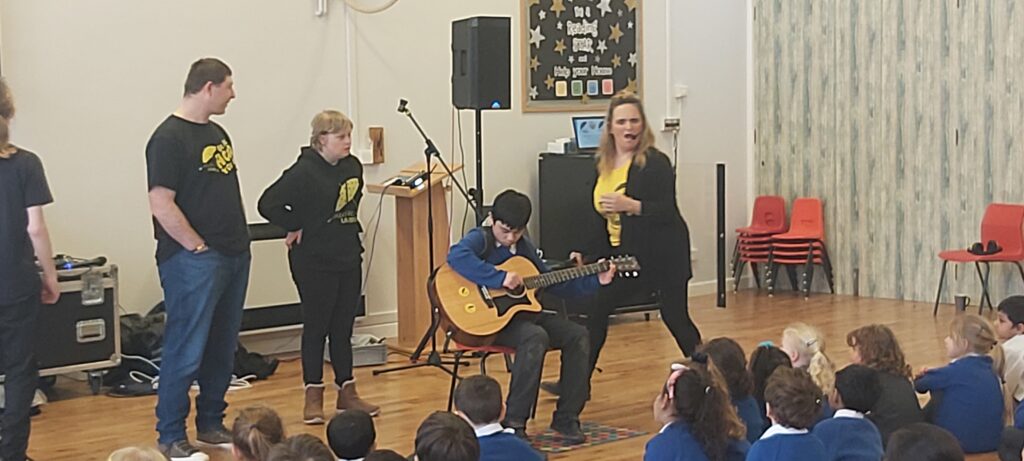
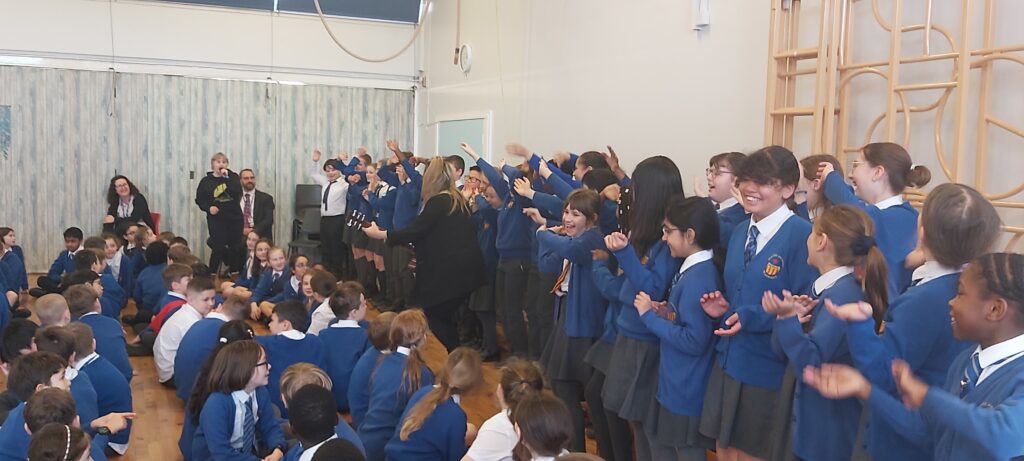
‘On Thursday, we were treated to a workshop called Electric Umbrella, it is about how people with disabilities come together and enjoy life.
There was lots of singing and dancing, it was a lot of fun. They made our teachers sing, dance, and have a fun time too.
They picked children to tell very funny jokes to make everyone laugh.
We were able to see how having a disability doesn’t mean you cannot have fun.’ By Jessica
‘My experience of Electric Umbrella was a beautiful moment. The funny thing was the lady asked who would like to sing but i thought she said who would like to pay the guitar so I put up my hand. Then I realised my mistake but my friends wanted me to sing like noone was listening. Then I sang like a proper singer. After I sang, I wanted to play the guitar an the small melody I played made everyone smile, I hope!
I hope Electric Umbrella will carry on making people happy and inspiring them and i hope i will see them once again as they have inspired me to sing my heart out and to never be shy and I have realised it does not matter who you are or what you look like. Anyone can achieve anything if they have the right approach and guidance to do what they want to do- practise makes progress! I hope Electric Umbrella will continue their legacy together making people happy and I wish them all the best!’ By Gabriel
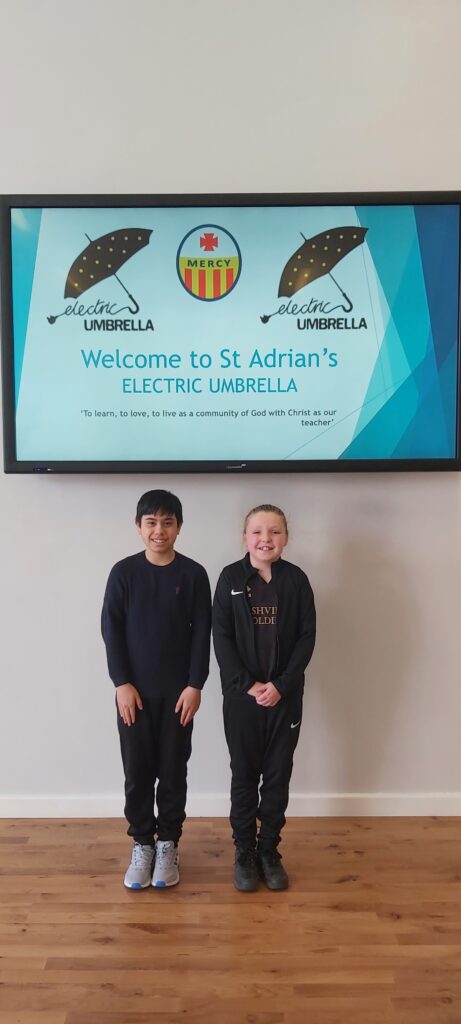
We are proud to introduce the Chaplaincy Team for 2023-2024. The children were blessed and welcomed into the service of our school in the Mercy Mass by Father Francis in September. They were also privileged to meet a previous Head teacher of St Adrian’s, Sr Margaret. Sr Margaret shared with the Chaplaincy Team the history of the Sisters of Mercy and what an honour it is to serve our school by helping others.
The Chaplaincy Team will be taking part in the masses and liturgies throughout the school year.
Thank you children for your dedicated service.
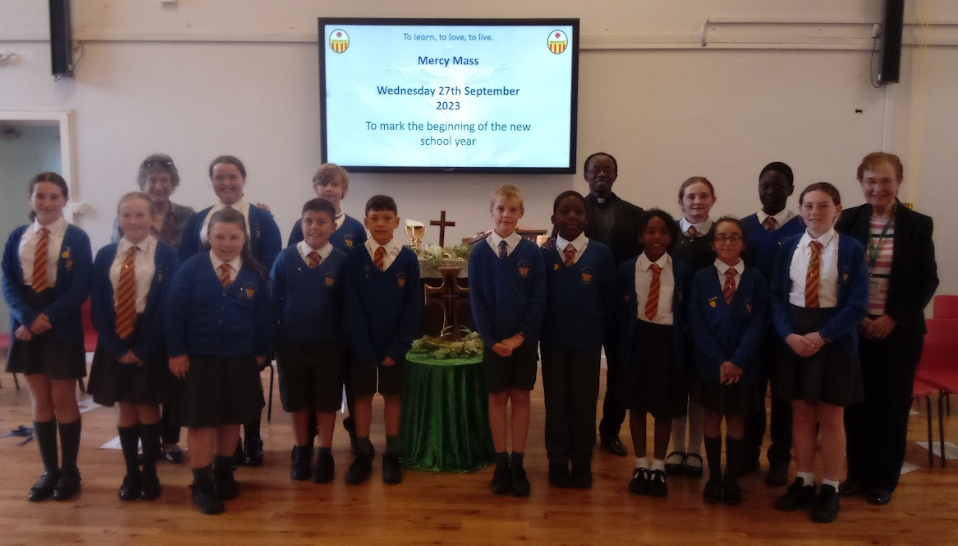
This year, the Chaplaincy Team have visited Feed, the Food Bank in St Albans to find out more about this charity. As a result of this visit, they helped to organise our Harvest Appeal and a great deal of items were collected to support families in need in St Albans.
On Sunday 5th February, Racial Justice Sunday will take place. The Chaplaincy Team led our assembly thinking about what it means to be fair and just and how we should treat everyone with kindness. We talked about us all being part of the human race and we are all united! We also sang a lovely song called ‘ Children United’
Some events which the Chaplaincy Team lead throughout the year:
Praying the Rosary for the Month of October
Leading a Harvest Assembly to encourage donations for the local food bank
Remernance Assembly for November
Advent Assemblies leading up to Christmas
Dressing of the Tree and the Advent Celebration Ceremony
Lenten assemblies
Stations of the Cross and Easter Assembly
Crowning of Mary Celebration
Praying to Mary in the Month of May
Throughout the year the children also lead Masses both in school and at St Bartholomew’s Church.
In the Summer term, we will aim to write a school prayer as well as lead assemblies about Catholic Social Teaching.
Hello Year 3,
It was great to meet so many of you at our ‘Meet the teacher’ meeting last week. Don’t worry if you couldn’t make it – I’ll look forward to getting to know you in September.
Last week, Mr Bedford wrote to your parents about returning to school in September. One of the things that he wrote about was the equipment we use in school. Mr Bedford said that for the equipment we use all of the time, like pens and pencils, we should try to keep our own items. He asked that, if possible, we bring our own pencil case to school.
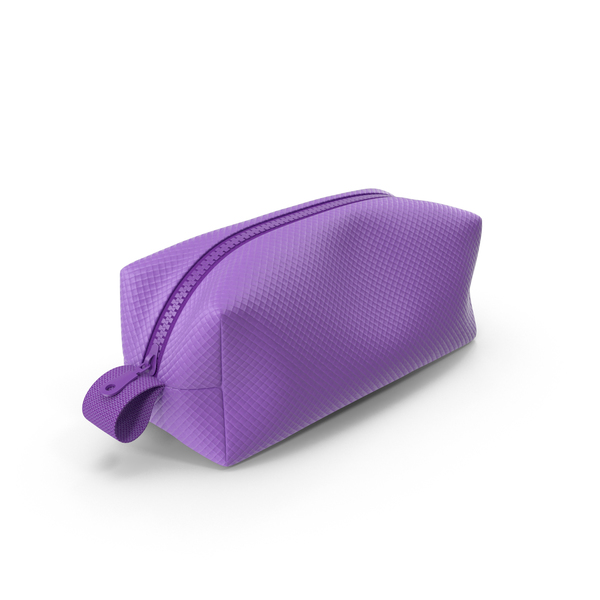
It would be helpful if your pencil case included these items:
You will need to keep this pencil case in school and you will be able to leave it in your locker at the end of each day.
Don’t worry if you are not able to get a pencil case. We will do our best to ensure that our school equipment is not shared.
Have a lovely summer holiday and I am really looking forward to seeing you all back in school in September.
Best wishes,
Mr Hayes
The children have been exemplary this week as we have worked our way through the uncertain times in which we find ourselves living. Each day, the children have remembered their absent friends in their prayers and cheered those who have been present to answer their names on the register.
From Monday, I will publish a new post at 9am each day to direct the children towards the planned learning activities for the day. My intention is that the majority of these should be shared via our Google Classrooms, which can be accessed here.
Some of the planned learning will need to be ‘turned in’ for marking whilst some of the challenges will not need to be submitted – unless you would like to add a photo of your work to the Google Classroom. None of the work that I am setting will need to be printed.
I will not ask the children to use any technical skill that they have not already practiced at school but, just in case, I will add a simple guide to completing some of these ‘admin’ tasks in the ‘Useful Stuff’ folders that I have added to each of my classrooms. I have also included a reminder of the login details needed to access some of the resources that we may use.
If you have any technical problems accessing the Google Classroom, or with any of the resources that I share, you can email googleclassroom@stadrians.herts.sch.uk . I will answer as soon as I can, but this is not a 24/7 help desk.
It is a sad and uncertain end to the term, but I wish you and all of your families health and every blessing.
Richard Hayes
To access Google classroom, children will need to sign in using their school Google account.
Visit google.com and click ‘Sign in’ in the top-right of the webpage.
If you, or someone using the same device, already has a Google account, you will need to add your child’s school account and switch between them before accessing the Classroom.
How to add Google accounts
Once you have, set up your child’s Google account. You may need to switch between accounts for them to access the Google Classroom.
How to switch between Google accounts
To access Google classroom, children will need to sign in using their school Google account.
Visit google.com and click ‘Sign in’ in the top-right of the webpage.
If you, or someone using the same device, already has a Google account, you will need to add your child’s school account and switch between them before accessing the Classroom.
How to add Google accounts
Once you have, set up your child’s Google account. You may need to switch between accounts for them to access the Google Classroom.
How to switch between Google accounts
Accessing the Google Classroom
Visit classroom.google.com or follow the link in the side bar.